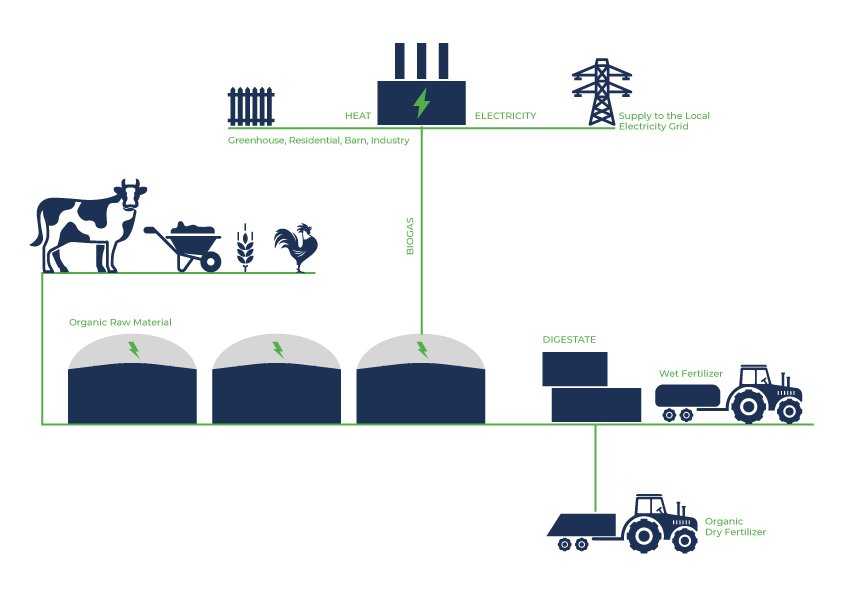
WHAT IS BIOGAS
Biogas is produced through the breakdown of organic matter in the absence of oxygen, which is referred to as anaerobic digestion.
The whole process works like a big concrete stomach would: Organic materials like manure, food scraps, crop residue, or wastewater sludge (known as feedstock) are fed into the digester, where it’s heated to 38-40 degrees Celsius (temperature of a cow’s stomach) and stirred for 30-60 days, slowly producing a combination of methane, carbon dioxide and other gases (known as biogas).
The biogas can then be used for power generation, heating or piped into the natural gas grid.
Once biogas production is complete, the waste has transformed into a high-quality fertilizer (called digestate). Once it is removed from the digester, the process starts all over again.

BIOGAS PRODUCTION
Biogas production is a complex biochemical process involving microorganisms with complex and different roles

HYDROLYSIS
Complex organic substances are broken down in simple structures by organic fermentative and hydrolytic bacteria groups.
ACID PRODUCTION
At this stage, hydrolysis products are converted to organic acids by acetogenic bacterial groups.
METHANE PRODUCTION
In the final stage of anaerobic treatment, products formed in the previous two stages are converted to methane gas by methane-forming bacteria.
COMPOSITION
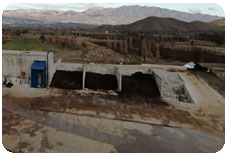
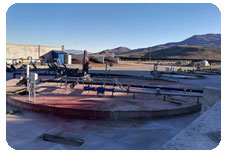
After the necessary raw material composition is made, it is sent to the fermentation tanks by pumps.
FERMANTATION
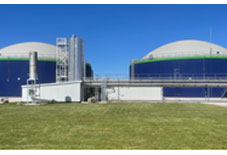
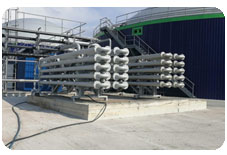
Fermentation starts when the heating unit brings the raw material composition temperature to about 38 ° C (mesophilic).
GAS
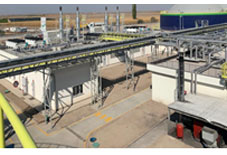
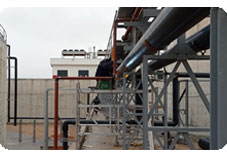
To ensure the storage of gases generated in these tanks, a membrane and a gas storage frame are fitted on the fermenter. The produced biogas is stored in the membrane system.
STORAGE
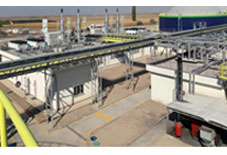

After the fermentation process is completed, the organic fertilizer is transported to the storage tank via the central pump.
SEPARATION
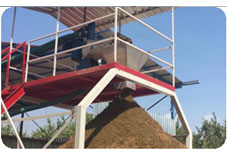

With the help of separator, the organic fertilizer is separated into solid and liquid phases.
DESULPHURISATION
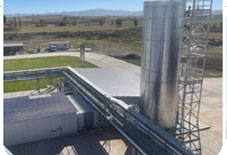
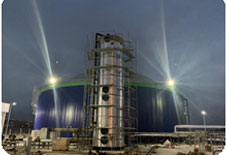
During this process, the gas sent to the desulphurisation unit to eliminate the hydrogen sulfide from the biogas.
CONVERTION
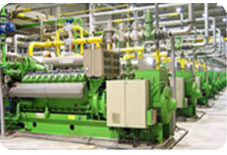
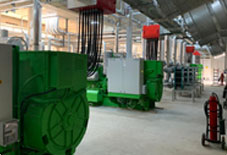
The produced biogas which is desulphurized and contains between 50% and 60% methane is sent to the gas engine. The gas engine converts the gas into both electricity and heat energy
HEATING
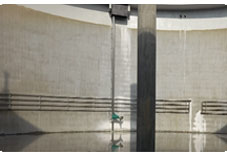

Some of the heat generated by the gas engine is used to heat the fermentation tanks.



